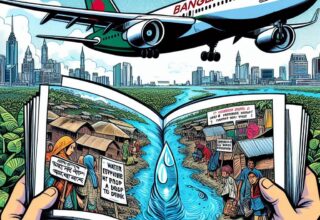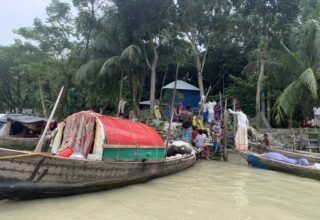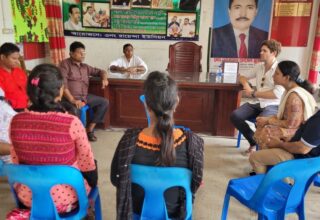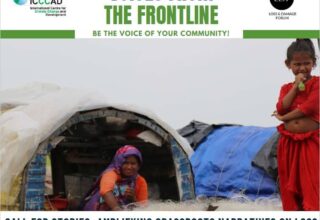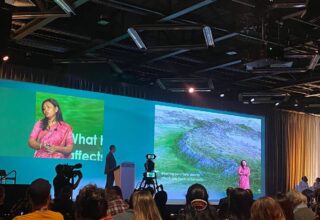Within the context of urbanized areas, nature-based solutions hold massive potential and are imperative for building sustainable and resilient cities: crucial to sustainability is locking in the concept within the policy framework.
‘Nature-based solutions (NbS)’ has gained momentum in recent years owing to its co-benefits which range from addressing societal and environmental challenges to climate change risks. Among the parties to the Paris Agreement, NbS is mentioned in 41% of the revised Nationally Determined Contributions as opposed to none in the ones submitted the first time. The terms ‘NbS’ and/or ‘Ecosystem-based adaptation (EbA)’ have been found in 70% of the National Adaptation Plans submitted as of 2023. Despite the growing discourse of NbS at a global level, the scale of interventions weighs heavier in the rural areas compared to urban areas, at the local level.
Cities come with their own set of characteristics and within them again, South Asian cities can be characterized into a group of rapidly urbanizing ones facing congestion pressures, land scarcity, lack of basic urban services, and widespread prevalence of informal settlements. Estimated to house about 250 million people by 2030, these cities, including both urban and peri-urban areas, demand for appropriate contextualization and scaling of NbS. In the light of this, a Policy Lab on ‘Integrating Equity and Reframing Nature-based Solutions in South Asian Cities’ was hosted by International Centre for Climate Change and Development (Bangladesh), Transitions Research (India), and Colombo Urban Lab together with People’s Alliance for Right to Land (Sri Lanka). It brought together a pool of experts, practitioners, and policy-makers from diverse backgrounds across South Asia to shed light upon the current and required alignment of NbS in the context of urban areas. From among the enriched discussions, stemmed a set of directives to ensure reframing of NbS within a city’s regulatory framework.
- Normative shifts in urban planning and policies: In advocating for a more adaptive approach to urban planning, it is important to recognize that while past experiences are essential for future planning, we must also anticipate future scenarios.
- Most of the current ‘master’ planning processes in South Asian cities are yet to recognize the plural objectives of nature serving communities at the very local level, especially the poor and vulnerable. Accordingly, it is imperative to acknowledge informality as the dominant mode of urbanization within the formal planning and policy frameworks.
- Given that master plans are the statutory planning guidelines for South Asian cities, mainstreaming NbS in the planning process is required to provide a formal standing for NbS projects. Furthermore, it needs to be an integral part of these plans through and through, instead of being treated in silos.
- Planning documents tend to be disconnected, for instance master plans and climate adaptation plans running different timelines. There needs to be better alignment and an institutional hook that ties together all such documents and harmonizes acknowledgement of nature and biodiversity.
- The most unanimous need voiced was evidence-based approaches underlining the development of the plans and policies, and the need for governments to own this evidence. Resilience dividend, valuation of ecosystem services, having thorough ecological baselines, and conducting cost-benefit analyses were some of the ways discussed.
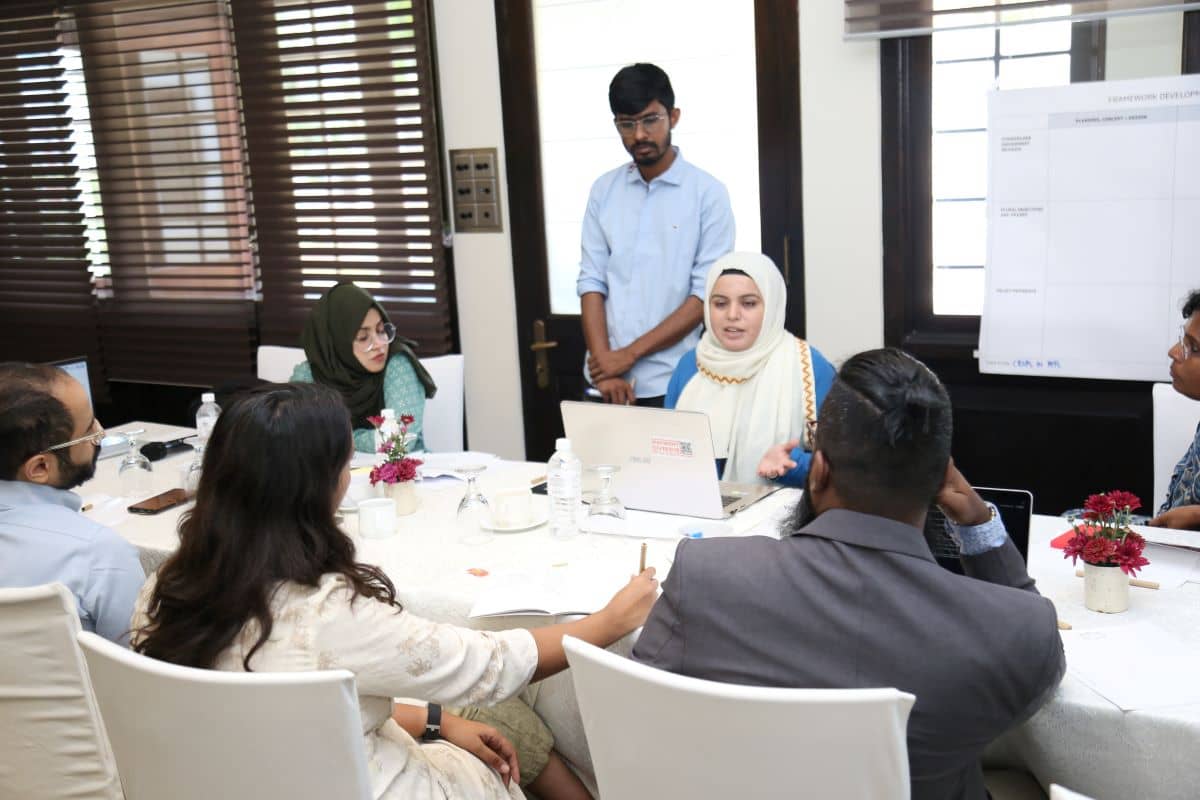
- Leveraging Finance: Multiple possible avenues exist for exploring the financing landscape, however they demand patience and creativeness.
- At the climate change front, the most recent avenue is that of the Loss and Damage Fund, arguing for ecological losses and damages which have consequential impacts on livelihoods. However, as has been seen with the Green Climate Fund (GCF), it takes considerably long to disburse funds to developing countries at an acceptable rate.
- Carbon markets are a highly contested subject due to a few reasons. The lack of an investment framework grounded in principles of equity and justice, and the failure to establish adequate Measurement, Reporting, and Verification (MRV) systems to ensure transparency stand out. Carbon markets are not yet mature and the concept of carbon credits needs to be unpacked. Are we legitimizing carbon footprints by enabling payment for it elsewhere through these credits? Such concerns call for a sound investment framework with proper redistribution mechanisms which can ensure equity and justice at the grassroots.
- Traditional financing resources at the city-scale suffer from a lack of investible propositions, under-exploration, and under-exploitation. For instance, municipal bonds have flourished as one of the primary urban financing sources in the US and cities such as Mexico City and Cape Town have proven the effectiveness of deploying such mechanisms with proper implementation. Yet, in India, only a few cities have utilized this financing mechanism effectively and it remains an untapped potential.
- The concept of debt-for-nature swaps could offer another viable financing avenue. The idea is to forgive the debt of developing countries in exchange for actions that have environmental benefits. However, like all financing mechanisms, it comes with its set of challenges.
- Governance Challenges: There exist governance challenges and institutional disagreements, varying contextually, that hinder effective implementation of nature-based solutions. Natural resources, in fact most properties, are associated with various statutory bodies risking conflicts of interest and lack of coordination, such as in Bangladesh and Sri Lanka. This calls for both horizontal and vertical integration.
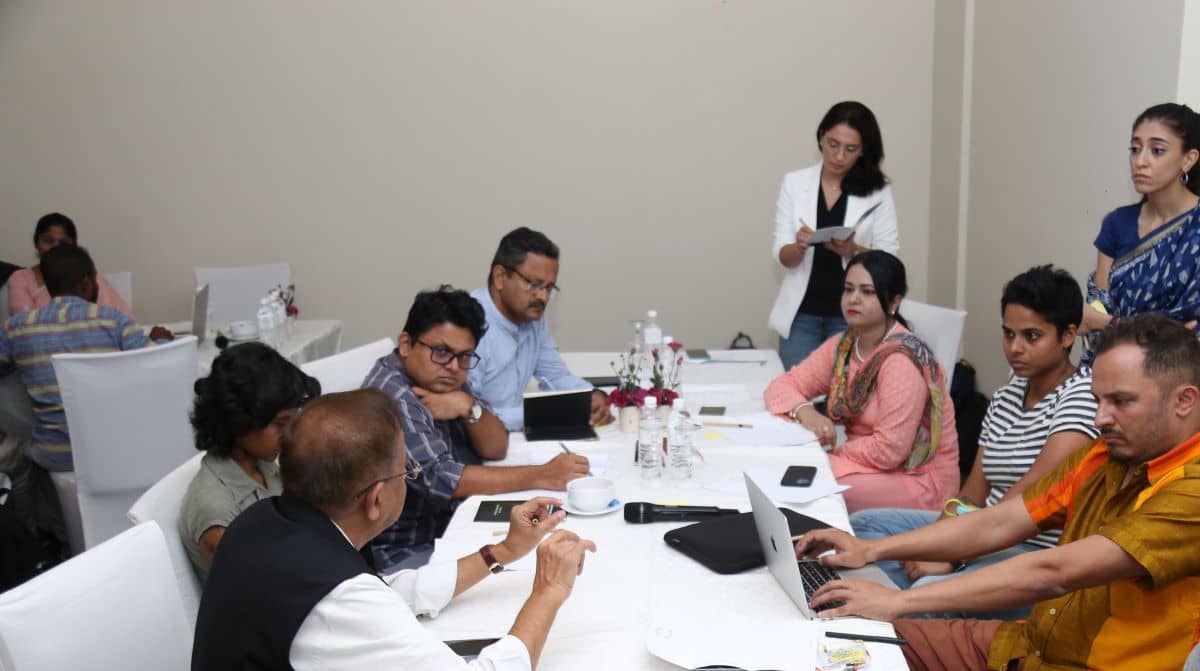
- Capacity building and communication: The importance of continued efforts of keeping the discussion around NbS ongoing at multiple levels is evident from the case of Bangladesh’s zero draft of the National Adaptation Plan (NAP) in 2020 having no mention of NbS to NbS being made one of the goals in the revised version of the document in 2022.On the other hand, inclusion of the concept within the plans and policies does and will render fruitless when the capacity and skills to comprehend and implement them is inadequate. Thus, investments into capacitating different stakeholders including government officials, private sector personnel, NGOs, and CSOs need to be made to ensure better NbS-oriented goals being set in the documents and being implemented on the ground effectively. For instance, Nepal is undergoing a transition to federalism, with strong local governments having significant resources and potential for innovation. To fully harness the potential, it is important to co-design solutions with the local governments, foster intersectoral innovation, and build their capabilities to ensure ownership and scalability.
- Collaboration: Last but not least, the key to successful climate action involves bringing together different actors—policymakers, private institutions, and NGOs—through a collaborative approach. There is a stressed importance upon developing a shared understanding of NbS among decision-makers and practitioners. The ‘Darwin project’ from Sri Lanka is an example of a successful partnership between the International Water Management Institute (IWMI), government departments, and local communities to restore marshes, enhance biodiversity, and improve livelihoods. This partnership facilitated the exchange of ideas and concerns, ensured efficient resource allocation, and contributed to the long-term sustainability of the project.
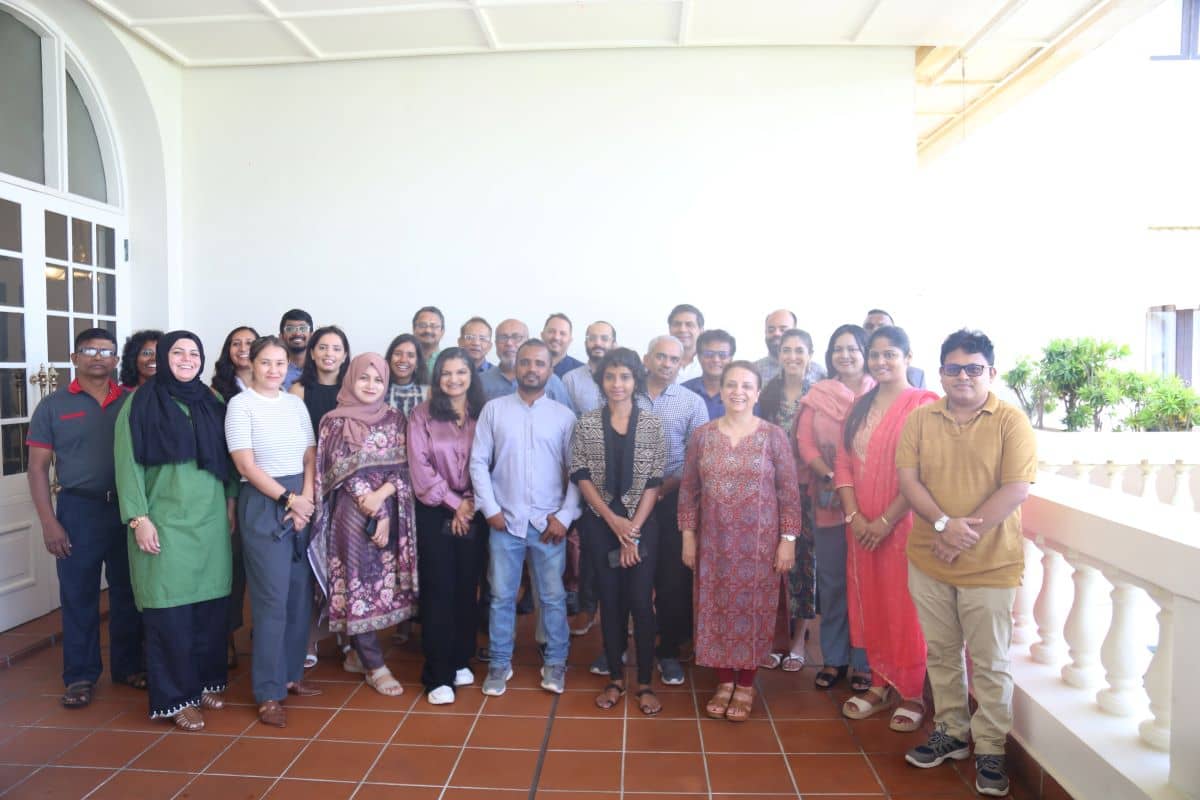
This publication was funded by the Government of Sweden through SEI Asia’s Strategic Collaborative Fund for the Policy Lab: Integrating Equity and Reframing Urban Nature-based Solutions in Growing, South Asian Cities.
About Authors:
Madiha Chowdhury is working in the Nature-based Solutions Programme at the International Centre for Climate Change and Development (ICCCAD)
Nazmus Sakib is working as a Project Officer at the International Centre for Climate Change and Development (ICCCAD).

